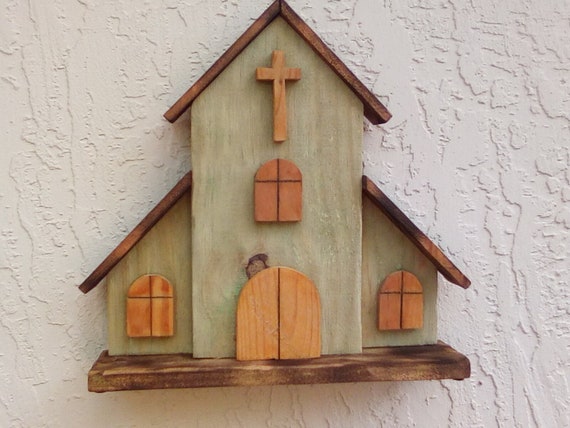Welcome to a journey through the enchanting world of decorative wooden churches. These architectural gems are not just buildings; they are stories carved in wood, reflecting the rich cultural heritage and craftsmanship of the communities that built them. Join me as we explore their history, significance, unique features, and the reasons they continue to captivate us today.
The History of Decorative Wooden Churches
The tradition of building wooden churches has its roots in various cultures, but predominantly in Eastern Europe, Scandinavia, and parts of Asia. These structures have stood the test of time, often serving as community gathering places and symbols of faith.
Origins and Cultural Significance
Wooden churches first emerged in the early medieval period, with the earliest known examples dating back to the 12th century. They’re often seen as a reflection of the local environment, utilizing available materials and showcasing the skills of local craftsmen. Many of these churches were built using techniques passed down through generations, and that cultural transmission has played a crucial role in their survival.
Notable Regions for Wooden Churches
- Norway: Famous for its stave churches, which feature intricate carvings and unique architectural designs.
- Poland: Known for its wooden Baroque churches that blend religious architecture with local traditions.
- Russia: Houses remarkable examples of wooden architecture, particularly in the form of onion domes and icons.
Architectural Style and Features
When we talk about the architectural style of decorative wooden churches, we’re diving into a mix of functionality and aesthetic appeal. Each region has its unique design elements, influenced by local customs, available materials, and spiritual beliefs.
Stave Churches
The stave churches of Norway are perhaps the most renowned examples. They are characterized by wooden structures made of vertical wooden posts (staves). The intricate carvings on their portals and roofs depict biblical scenes and Norse mythology.
Baroque and Gothic Influences
In places like Poland, the Baroque influence is evident, with ornate interiors and elaborate altarpieces. Gothic elements can also be seen in the pointed arches and embellishments that reflect a spiritual connection with the divine.
Key Architectural Elements
| Element | Description | Region Commonly Found |
|---|---|---|
| Staves | Vertical wooden posts that form the main support structure. | Norway |
| Onion Domes | Distinctive bulbous dome shapes often found in Russian churches. | Russia |
| Carvings | Intricate engravings representing religious themes and folklore. | All regions |
Preservation Efforts and Challenges
Despite their beauty and cultural significance, many decorative wooden churches face threats from natural decay, climate change, and urbanization. Preservation efforts are essential for the survival of these structures, and various organizations are working tirelessly to maintain and restore them.
Challenges of Preservation
- Decay: Wood is susceptible to rot and insect damage.
- Climate Change: Increasing temperatures and changing weather patterns can accelerate deterioration.
- Urbanization: Many wooden churches are at risk from encroaching development.
Successful Preservation Initiatives
Numerous initiatives have been launched to protect these churches. For instance, the World Monuments Fund has helped restore several stave churches in Norway, ensuring that these architectural treasures are preserved for future generations.
Personal Experience: Visiting Decorative Wooden Churches
Having traveled to various countries known for their wooden churches, I can personally attest to their beauty and the sense of peace they evoke. The moment I stepped into a stave church in Norway, the atmosphere was palpable. The wood smelled rich and earthy, and the intricate carvings seemed to tell stories of the past. It was an experience unlike any other, a reminder of the craftsmanship and dedication that went into creating these spaces.
Comparative Overview of Notable Decorative Wooden Churches
Exploring Iconic Structures
| Church Name | Location | Year Built | Architectural Style |
|---|---|---|---|
| Stavkirke | Norway | 12th Century | Stave |
| Wooden Church of Peace | Poland | 1650 | Baroque |
| Church of the Intercession | Russia | 1714 | Traditional Russian |

Pros and Cons of Decorative Wooden Churches
Pros
- Beautiful craftsmanship that reflects local culture.
- Eco-friendly as they utilize natural materials.
- Rich historical significance that attracts tourism.
Cons
- Vulnerable to weather conditions and pests.
- High costs associated with restoration.
- Limited number of skilled artisans for traditional construction techniques.
FAQs about Decorative Wooden Churches
What are decorative wooden churches?
Decorative wooden churches are unique places of worship typically built using wood, often featuring intricate carvings and designs that reflect local culture and craftsmanship.

Where can I find the most famous wooden churches?
Some of the most famous wooden churches are found in Norway, Poland, and Russia, showcasing various architectural styles and historical significance.
How are wooden churches preserved?
Preservation often involves regular maintenance, restoration efforts, and sometimes, community involvement to ensure the integrity of these structures is maintained.

Why are wooden churches important?
Wooden churches are important for their cultural heritage, craftsmanship, and historical significance, often representing local traditions and community identity.
Can I visit wooden churches?
Yes! Many decorative wooden churches are open to the public, offering guided tours that delve into their history and architectural features.
